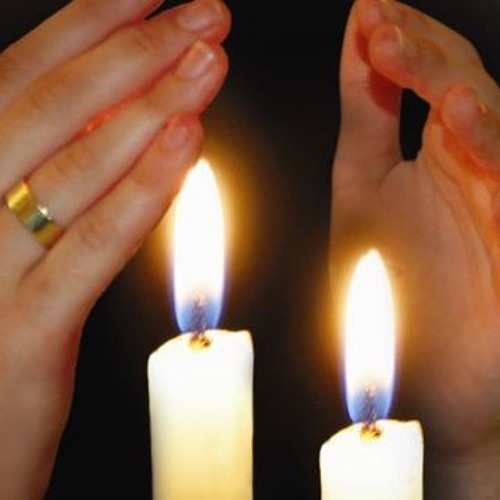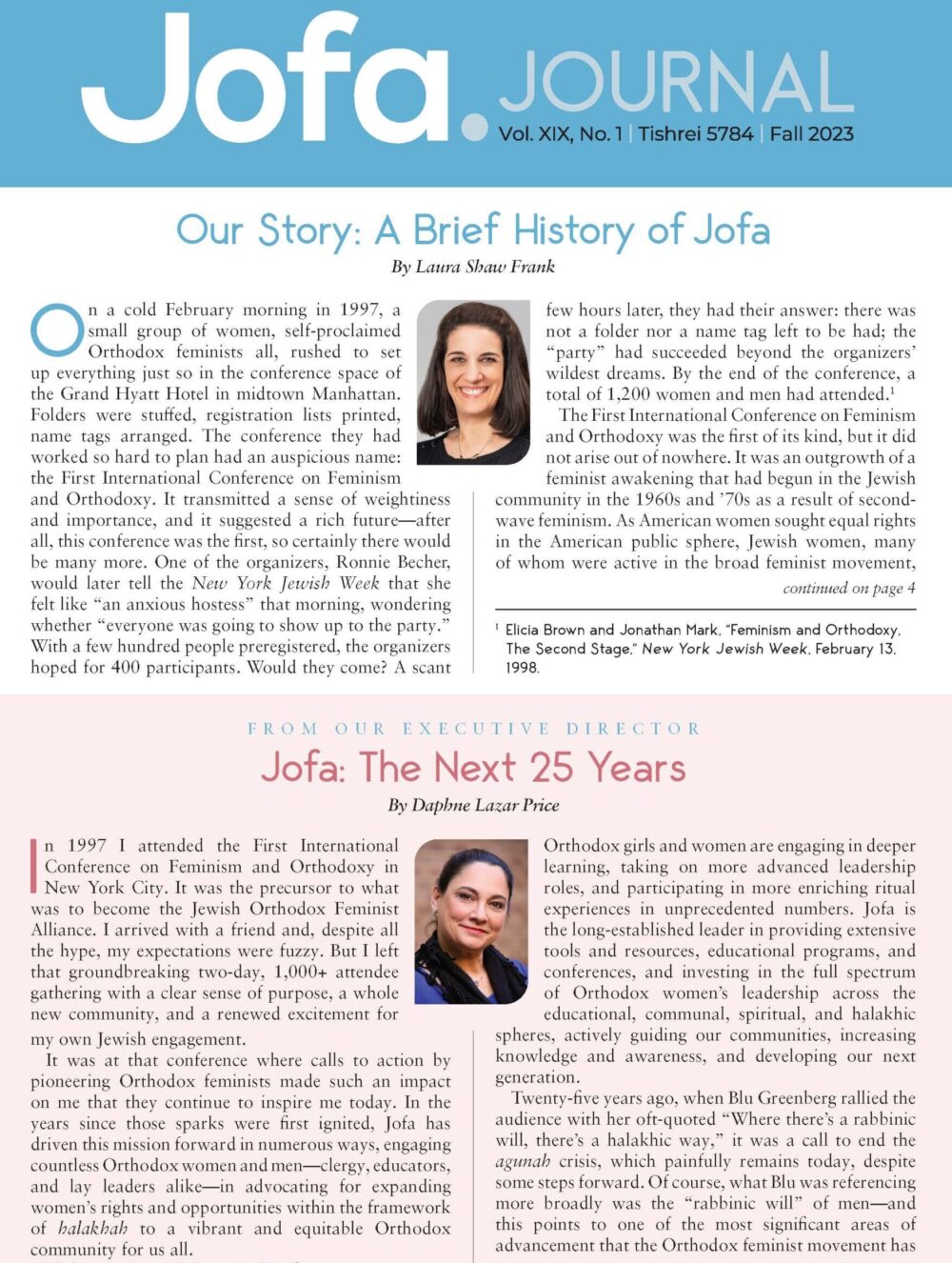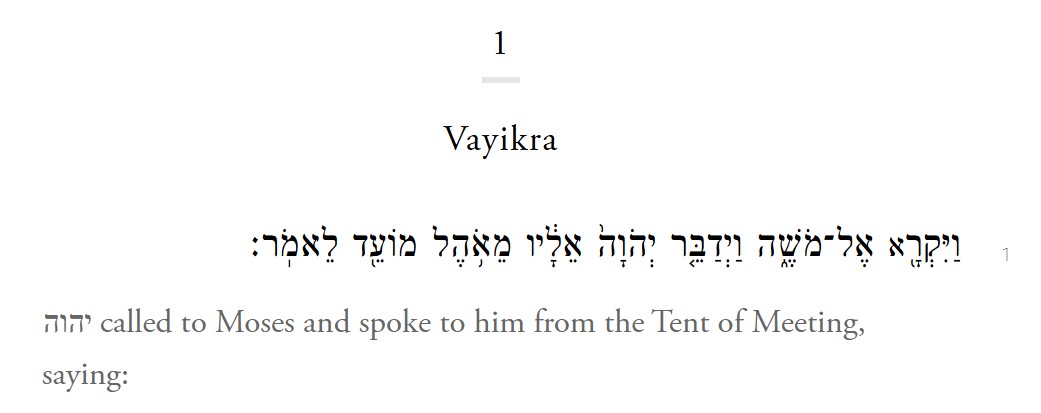By Wendy Lefko Messeloff
Claim your seat at the table. Join the Jofa newsletter at the bottom of this page to receive weekly updates directly to your inbox.
In Parshat Beshalach, we witness one of the most dramatic moments in Jewish history — the splitting of the Red Sea. The Israelites, trapped between Pharaoh’s army and the sea, are miraculously saved as God parts the waters. In response, they break into Shirat HaYam, a song of profound gratitude and faith. We think of this as a cornerstone of Jewish existence, the origin story of how a slave people experienced an extraordinary redemption. But is it?
It’s striking how quickly the slaves forget about their miraculous escape. Almost immediately afterward, their tone shifts. The very people who just proclaimed, “This is my God, and I will glorify Him” (Shemot 15:2), begin complaining — first about bitter water, then about food, then about water again, and even about missing the familiar, albeit hostile, land of Egypt. Perhaps some of this can be chalked up to human nature. But what they underwent was nothing short of mind-blowing. How could they still be so susceptible to fear and doubt, so soon after experiencing such awe-inspiring miracles? As the Midrash (Shemot Rabbah 21:6) recounts, Moshe asks Bnei Yisrael, “Have you forgotten all the miracles which God performed for you?”
This pattern is not unique to the generation of the Exodus. In fact, God anticipates it in the first verse of this parsha, before the parting of the sea even takes place: “Now when Pharaoh let the people go, God did not lead them by way of the land of the Philistines, although it was nearer; for God said, ‘The people may have a change of heart when they see war, and return to Egypt'” (Shemot 13:17). Throughout Tanakh, we see this cycle of miracles followed by doubt. First the Garden of Eden and the Great Flood. Later, at Har Sinai, the Israelites directly hear God’s voice, yet forty days later, they build the Golden Calf. In the times of the Nevi’im, even after witnessing God’s interventions and hearing the prophets’ insights, people still stray and rebel. The Torah seems to be telling us that miracles alone aren’t an effective tool of human transformation. People may marvel at them while in progress, but then forget about them just the same, as soon as they pass.
This same pattern continues today. We experience seemingly transformative moments of deep spiritual connection — whether through personal breakthroughs, special relationships, awe-inspiring nature, profound Torah insight, or even witnessing the birth of a child — yet doubt, complacency, or fear often creep in and take hold afterward. Why does this happen?
In the Ramban’s view, the Israelites had been deeply traumatized by slavery. Although physically free, their mindset remained enslaved — they still saw themselves as dependent upon external forces. So as soon as difficulties arose, they reverted to their fear-based mentality. Sforno adds that the people expected an effortless redemption; when they realized that freedom came with struggle, they became disillusioned. Rav Shimshon Raphael Hirsch sharpens the point: Their complaints weren’t just about discomfort; they were a test of whether they could trust God without constant proof.
Yet, in contrast to this pattern of doubt, the women of the Exodus offer a different model of faith — one that is proactive, hopeful, and enduring. The well-known Gemarah in Sotah 11b teaches: “In the merit of the righteous women of that generation, Israel was redeemed from Egypt.” Nowhere is this more evident than in Miriam and the women who, after crossing the sea, take an independent leadership role in expressing their faith. Unlike the men, who simply sing, the women accompany their song with tambourines and dance (Shemot 15:20-21), demonstrating intentionality and unshakable confidence in their redemption. According to Dr. Tanya White, these women did not have faith in miracles alone, but faith in themselves, their people, and the power of prayer. They took ownership of their faith, shaping the narrative of redemption rather than waiting passively for it to unfold.
Moreover, Karen Miller Jackson highlights that Miriam’s song was not merely an echo of Moshe’s, but a distinct and independent expression of faith. The women’s decision to bring tambourines out of Egypt suggests that they anticipated redemption before it even happened. Their faith was not reactive but preparatory, an enduring trust that led them to take initiative. In leading the women, Miriam models a leadership of faith and action, standing as a counterforce to the fear and doubt that plagued the people.
There’s a potent lesson in all this: Miracles alone do not create lasting faith. Reforming human character takes a lot more than grandiose drama and special effects — no matter how divine their origin. Faith isn’t only about experiencing the “wow” moments — it’s about what happens after the miracle, when life returns to normal, and the challenges return. If faith were built solely on miracles, the Israelites at the sea would have remained steadfast. Instead, we see that true faith requires effort, memory, reinforcement, commitment, consistency, and community, when life marches on and the miracles are no longer visible.
This is relevant in our own lives. We each have moments of clarity — through personally transcendent experiences of tefillah, rituals, learning, reflection, community — but those moments often fade when challenges arise, and they fail to transform us in the lasting way we hoped or imagined.
The lesson of Beshalach is that we need to actively reinforce the spiritual highs when the inevitable return to earthly reality follows. We can do this in a variety of ways that may speak to us — whether through returning to tefillah or Torah study, connecting with people who reinforce what we aspire to, or creating consistent habits or rituals that remind us of our values and commitments. The key is that transformation isn’t accomplished through external miracles, but through modest, prosaic internal cultivation that turns moments of inspiration into sustained, practiced faith.
The story of miracles followed by doubt is not just the story of our ancestors — it is our own story here and now. The challenge of faith is not about believing when God parts the sea, but about trusting God when the path ahead is unclear. True emunah is not built on miracles alone, but on the daily work of strengthening our connection to God and community, even when we no longer see the sea splitting before us. Like Miriam and the righteous women of the Exodus, may we develop and cultivate an individual and communal faith that leads, sings, and dances — not just in moments of revelation, but in the face of uncertainty.
A final thought: With Tu B’Shevat approaching one week from today, we are reminded of tree growth as a tangible metaphor for this transformative process. Tree growth happens gradually, without one dramatic miracle, but a tiny bit of often-indistinguishable growth each day. Our job is to stay with that process, watering consistently, ensuring that the conditions for growth are as favorable as possible — even without any spectacular sign or ironclad certainty that the tree will reach maturity and bear fruit. It is a one-day-at-a-time enterprise, throughout which we rely on our belief that with time the tree will grow.
Shabbat Shalom ~ Besorot Tovot ~ Am Yisrael Chai










